Author: Martin Keen
Born and raised in the United Kingdom, I developed quite the familiarity with darker, malty styles fairly early on, and given my proximity to the Emerald Isle, Guinness was a staple at the pubs I frequented. However, it was only after I started homebrewing that I realized this classic Irish brewery had more than just one type of Stout to offer.
First brewed in 1821, Guinness Extra Stout is not only said to be a close match to the original beer produced by Arthur Guinness, but it purportedly possesses a bolder, more robust roasted flavor with a fuller body and higher strength than standard Guinness Irish Stout. While inexplicably linked to Guinness, others began brewing their own versions of Extra Stout, which the BJCP describes as:
A fuller-bodied black beer with a pronounced roasted flavor, often similar to coffee and dark chocolate with some malty complexity. The balance can range from moderately bittersweet to bitter, with the more balanced versions having up to moderate malty richness and the bitter versions being quite dry.
It’s certainly likely that I consumed several pints of Extra Stout while living in England, but my deeper knowledge of the style stemmed from my time as a homebrewer in the United States. It was through this that I learned the Guinness Extra Stout available in the UK is slightly different than what’s sold in the US, so any comparison is largely moot. As a fan of the style, I was curious how one would turn out when made using a bunch of corner-cutting methods, so I brewed one up to see for myself!
| BREWING THE BEER |
Considering the Short & Shoddy nature of this batch, I decided to ditch the scale and guesstimate the amounts of grains based on my experience using certain measuring scoops. As such, the numbers in this recipe are not exact but rather my best estimation.
Short & Shoddy Irish Extra Stout
Recipe Details
| Batch Size | Boil Time | IBU | SRM | Est. OG | Est. FG | ABV |
|---|---|---|---|---|---|---|
| 5.5 gal | 30 min | 23 | 33.5 SRM | 1.053 | 1.014 | 5.12 % |
| Actuals | 1.053 | 1.014 | 5.12 % | |||
Fermentables
| Name | Amount | % |
|---|---|---|
| Maris Otter Malt | 10 lbs | 78.43 |
| Flaked Barley | 1 lbs | 7.84 |
| Roasted Barley | 1 lbs | 7.84 |
| Caramel/Crystal Malt 45L | 8 oz | 3.92 |
| Pale Chocolate | 4 oz | 1.96 |
Hops
| Name | Amount | Time | Use | Form | Alpha % |
|---|---|---|---|---|---|
| Challenger | 40 g | 30 min | Boil | Pellet | 7 |
Yeast
| Name | Lab | Attenuation | Temperature |
|---|---|---|---|
| Darkness (A10) | Imperial Yeast | 75% | 62.1°F - 72°F |
Notes
| Water Profile (approximate): Ca 57 | Mg 9 | Na 8 | SO4 87 | Cl 44 |
Download
| Download this recipe's BeerXML file |
I collected the full volume of RO water at 2:09 PM then proceeded to adjust it with shoddily measured amounts of gypsum, calcium chloride, and Epsom salt.
As the water was heating up, I used a couple different sized scoops to eyeball the grain amounts.
When the water was properly heated, I stirred in the grist then set the Clawhammer controller to my desired mash temperature of 152°F/67°C before weighing out the hops.
Following the brief 30 minute mash rest, I removed the grains then proceeded to boil the wort of 30 minutes with hops added at the times stated in the recipe.
At the completion of the boil, I quickly chilled the wort to 70°F/21°C then took a refractometer reading showing the wort was at 1.053 OG, for a brewhouse efficiency of around 60%, that’s assuming my grain weights were close to accurate.
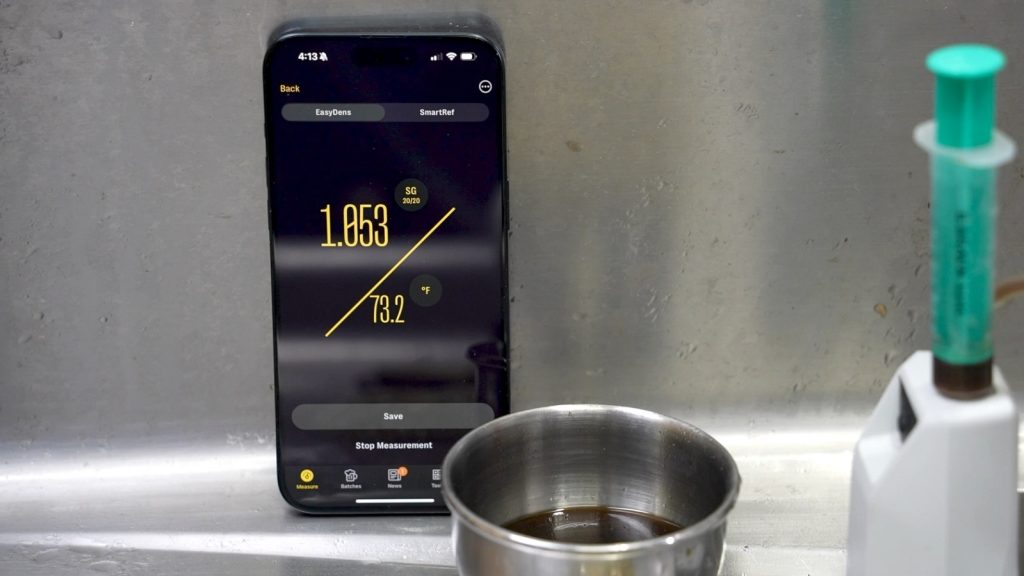
After transferring the chilled wort to my fermentation vessel, I direct pitched a pouch of Imperial Yeast A10 Darkness into the wort.
At 4:07 PM, the filled fermenter was connected to my glycol rig, which was set to maintain the beer at 68°F/20°C, for a total brew day time of 1 hour 58 minutes. With signs of activity absent after 6 days, I took a hydrometer measurement showing the beer was at my target 1.014 FG, so I pressure-transferred it to a CO2 purged keg that was left to condition on gas in my keezer for a week before it was ready to serve to tasters.
| RESULTS |
A total of 20 people of various levels of experience participated in this Short & Shoddy evaluation. Participants were informed of the specific beer style and provided the BJCP description prior to completing the survey. Tasters were then instructed to rate how hoppy, malty, and dry they perceived the beer to be on a 0-5 scale where a rating of 0 indicated “not at all” and 5 indicated “extremely.”
Tasters were provided a list of common hop, malt, and yeast characteristics then instructed to select from each the one they perceived as being most prominent in the beer.
Hop Characteristics
Malt Characteristics
Yeast Characteristics
Next, participants were asked to indicate whether or not they detected any off-flavors in the beer; those who did were provided a list of common off-flavors and instructed to select the one they perceived as being strongest. Not a single person identified this beer as possessing any off-flavors.
Tasters were then asked to rate how well the beer represented the intended style, based on the provided BJCP description, on a 0-5 scale where 0 meant “not at all” and 5 meant “exactly.”
Finally, tasters were asked to rate how much they enjoyed the beer on a 0-5 scale where 0 indicated not at all and 5 indicated extremely.
My Impressions: I felt this beer was a solid example of an Irish Extra Stout – rich, moderately roasted character reminiscent of coffee and dark chocolate with a hint of caramel sweetness. I didn’t get any off-flavors and thoroughly enjoyed having this beer on tap.
| CONCLUSION |
Irish beer is synonymous with Stout, and while there are several breweries in the region who produce this deliciously dark ale, Guinness is unquestionably the most recognizable. While the classic Dry Irish Stout, marked by a relatively low alcohol content, is what most drinkers are likely familiar with, many breweries produce a slightly stronger and bolder version that’s referred to as Extra Stout.
Similar to other traditional ales, there’s nothing terribly special or difficult in brewing Irish Extra Stout, though certain factors are viewed as being important. Interestingly, tasters of this Short & Shoddy version made with guesstimated amounts of minerals, grains, and hops, as well as various other corner-cutting methods not only seemed to enjoy it, but felt it was a solid representation of the style. Moreover, not a single person identified the beer as possessing any off-flavors.
I have a warm place in my heart for Stout, and I’m please to say that this Short & Shoddy Irish Extra Stout did not disappoint at all. While tasters were served the version of the beer carbonated with just CO2, following data collection, I decided to hook it up to my nitrogen setup, which lent a silky smoothness to this Irish Extra Stout that I found quite delectable. While I will not be making the haphazard ingredient measuring I did for this batch a normal part of my brewing routine, the fact this beer turned out as good as it did reminded me that quality is not necessarily a function of precision.
If you have thoughts about this Short & Shoddy brew, please feel free to share it in the comments section below!
Support Brülosophy In Style!
All designs are available in various colors and sizes on Amazon!
Follow Brülosophy on:
FACEBOOK | TWITTER | INSTAGRAM
If you enjoy this stuff and feel compelled to support Brulosophy.com, please check out the Support page for details on how you can very easily do so. Thanks!


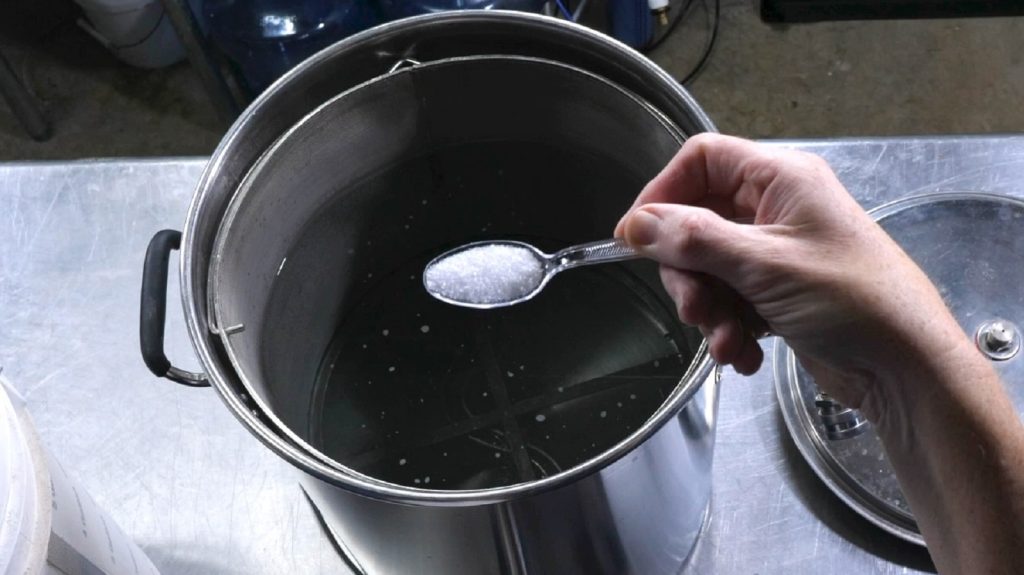
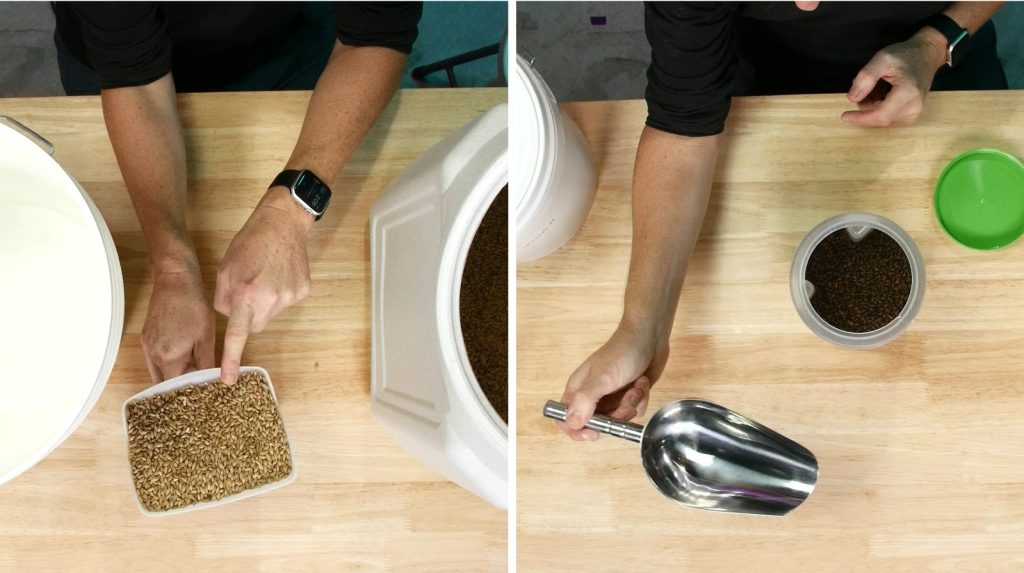
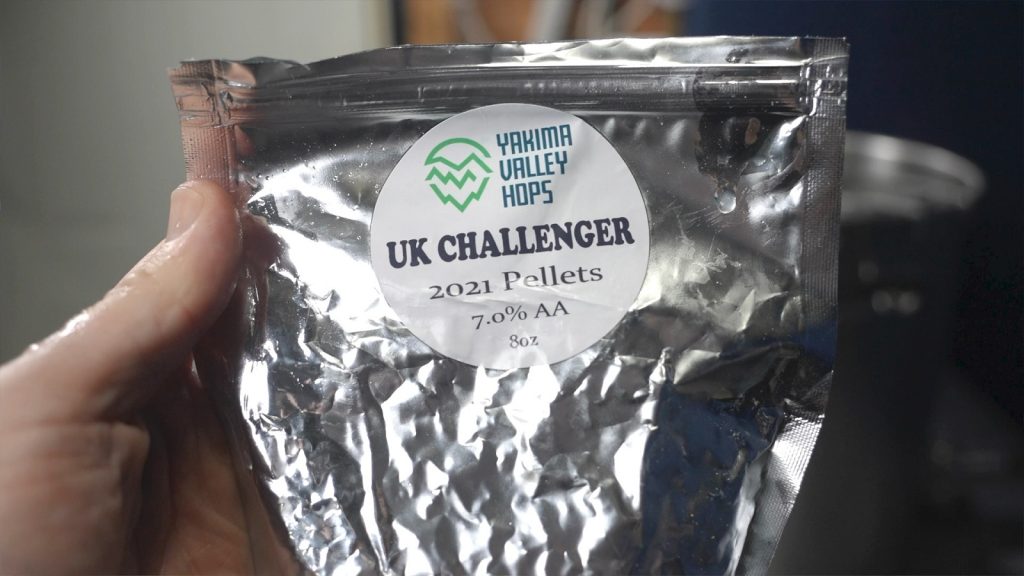
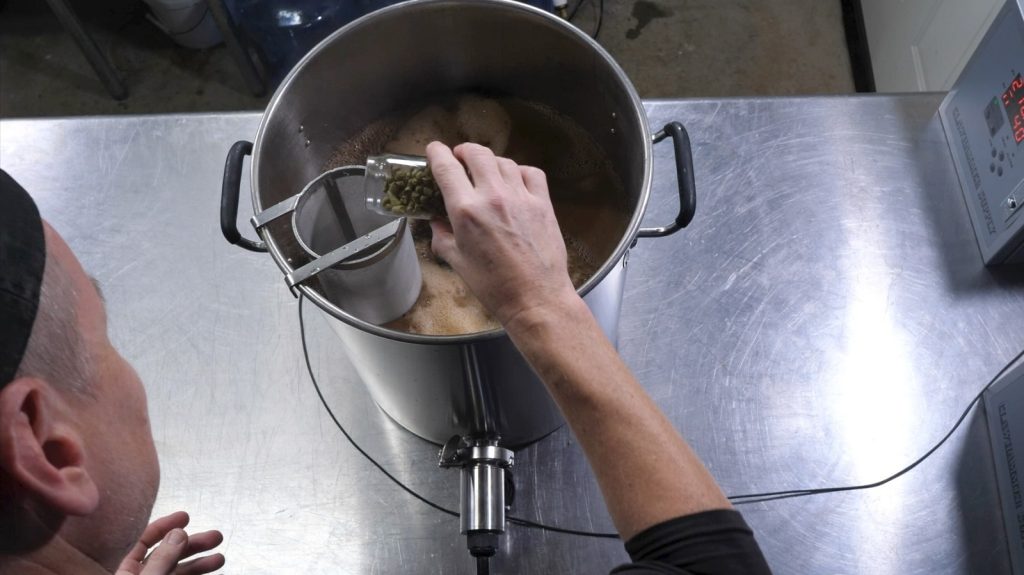
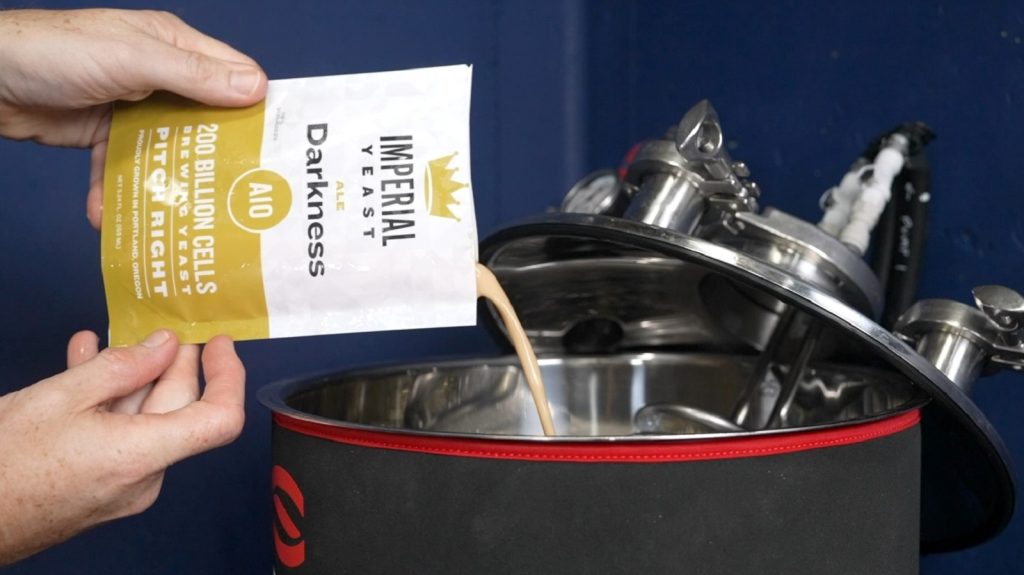
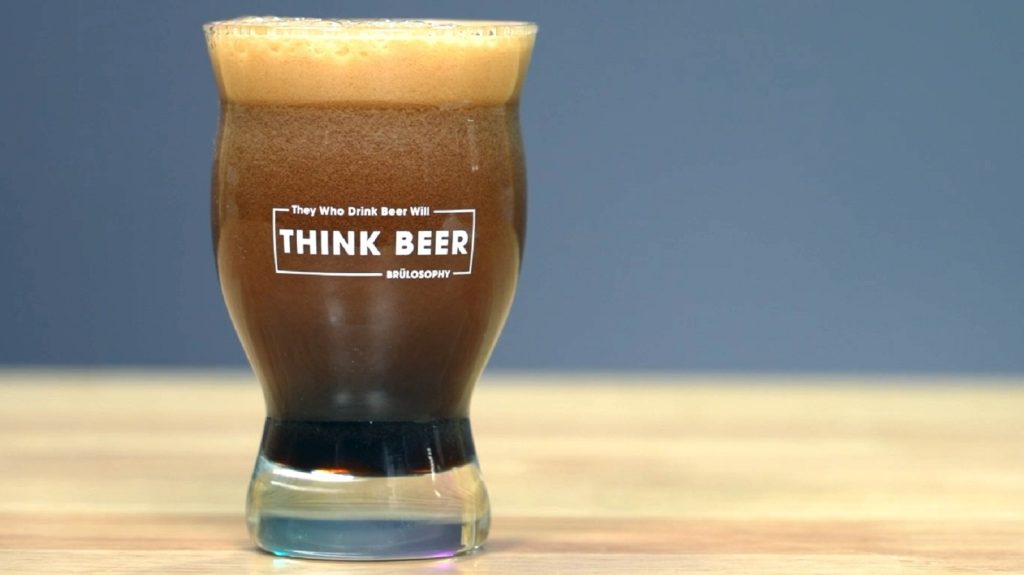
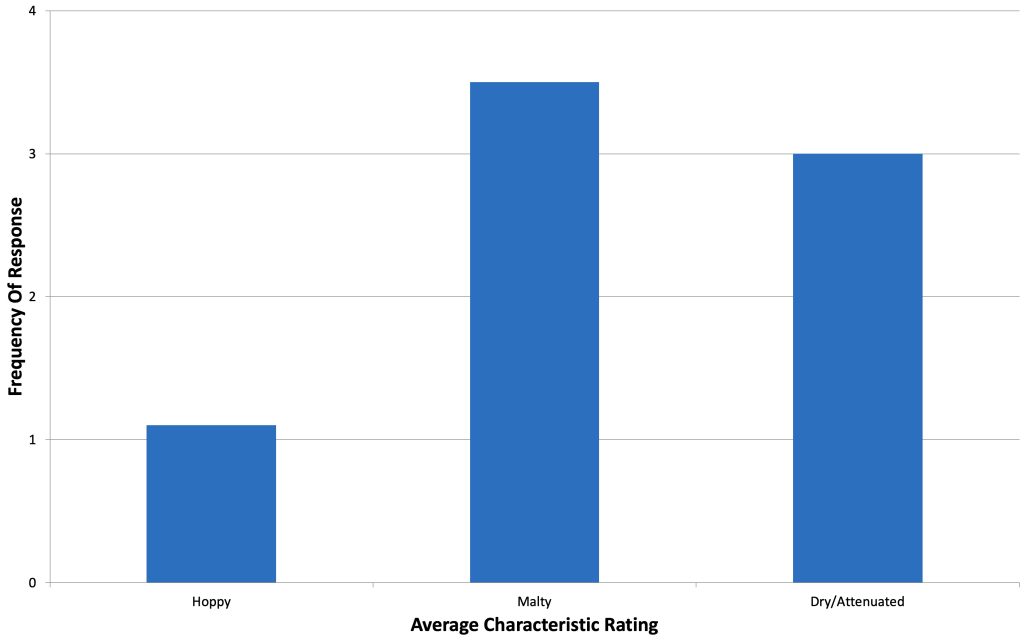
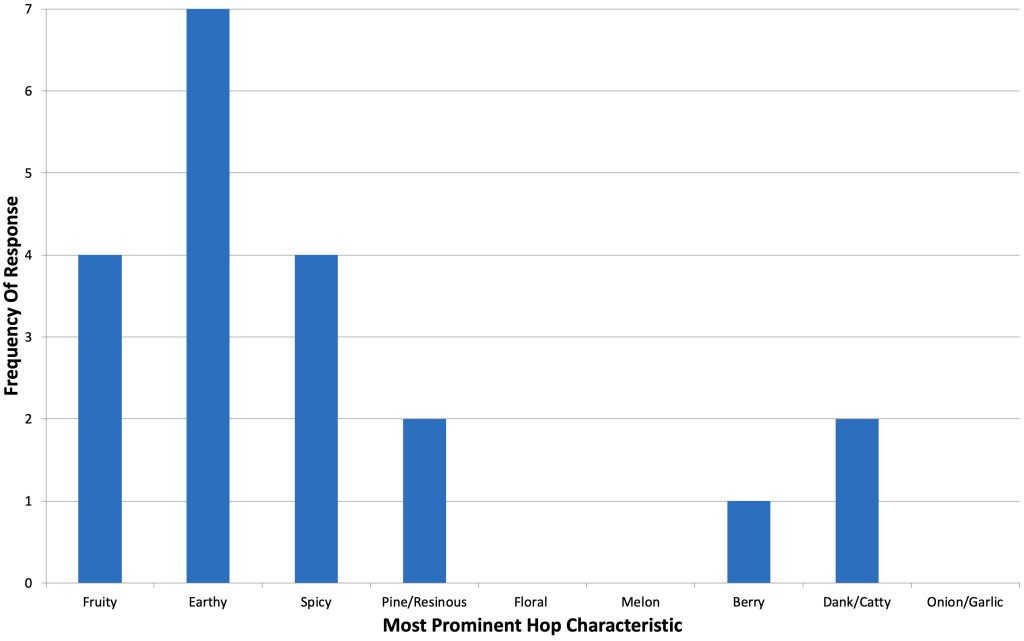
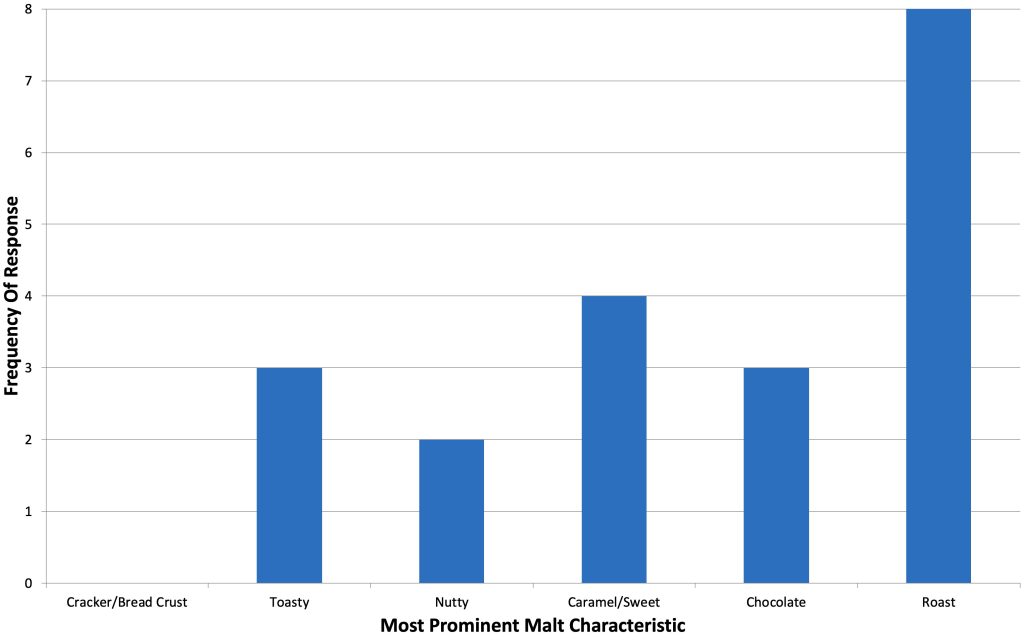
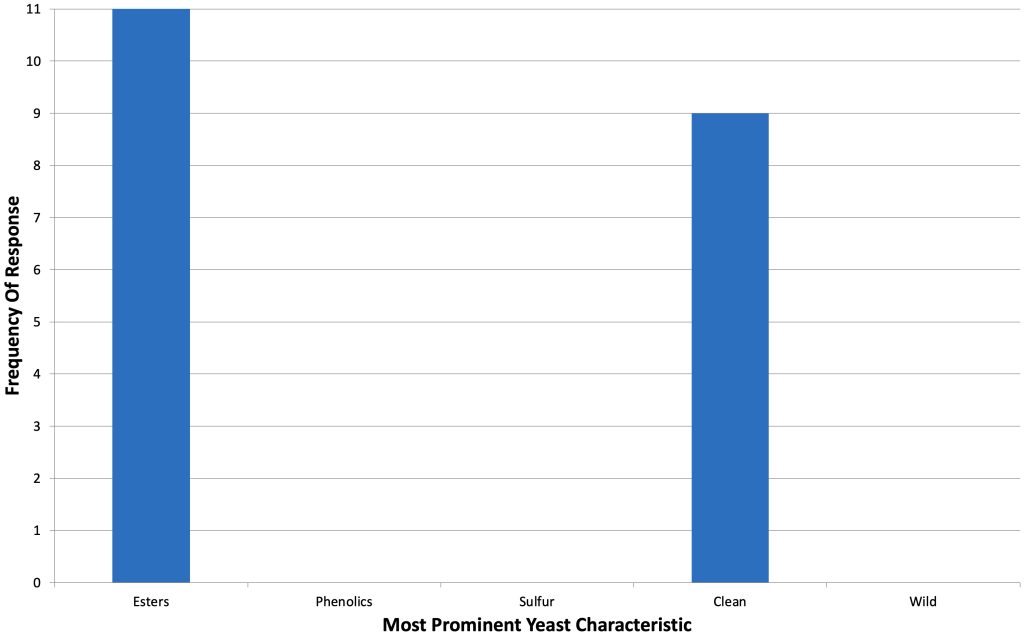
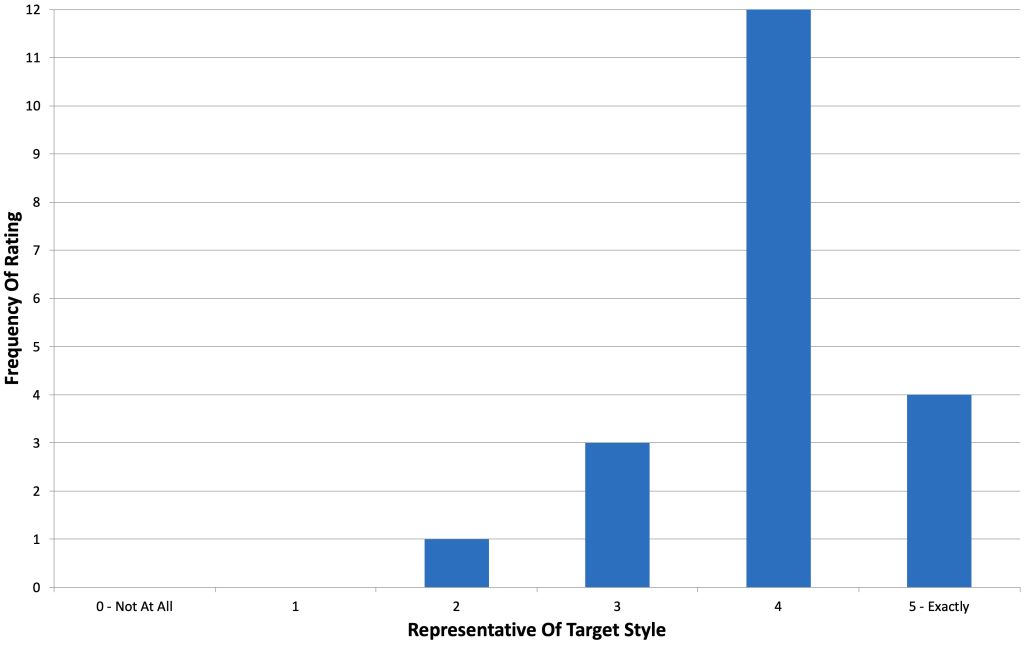
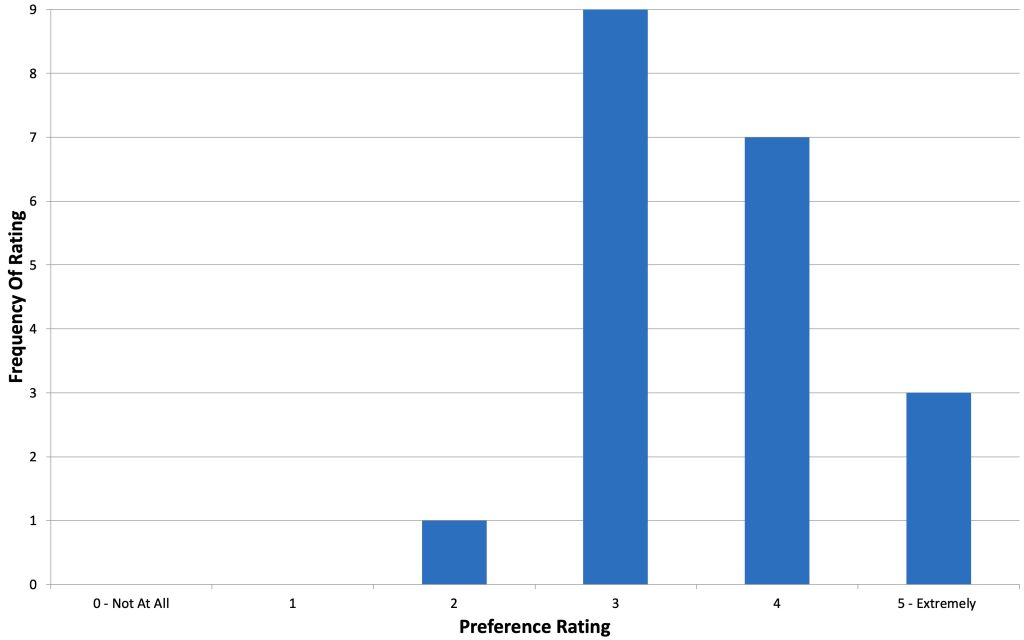











2 thoughts on “Short & Shoddy | Irish Extra Stout”
Always reassuring that precision is not required. Thanks.
Yep! We’re just cooking, that’s all. I’d say proper sanitation after the boil is the most important aspect of brewing. Precision and even ‘process’ are both way down the list as this xBeeriment shows.